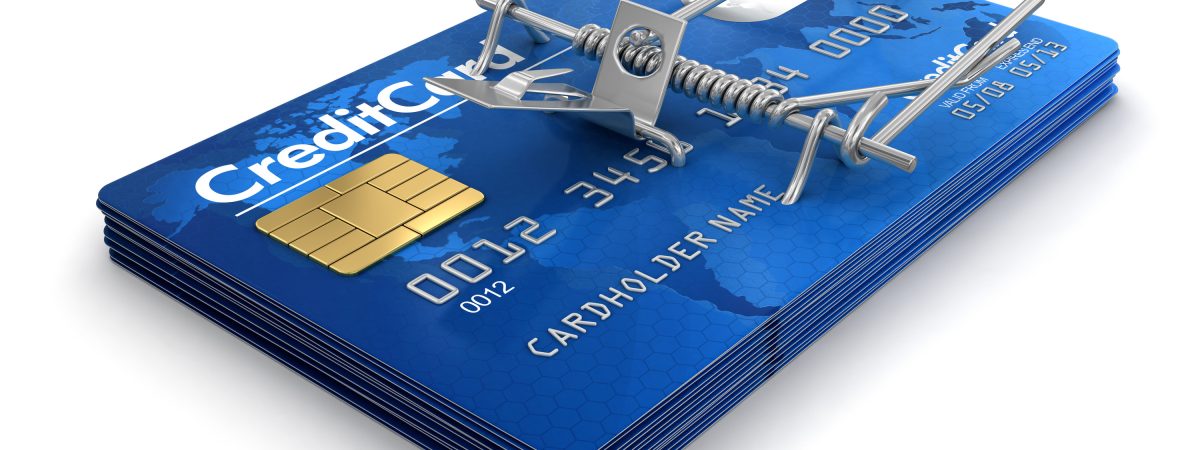
Credit Card Companies Are Cutting Credit Limits Due to COVID-19 Concerns
According to a report from CompareCards.com, nearly 50 million cardholders had their credit limits involuntarily reduced or even had a card closed by their issuer in April. The same survey found that 3 in 10 cardholders are using credit cards “more than ever” since the onset of the coronavirus pandemic.
Considering the impact that COVID-19 has had on the economy, it’s no big surprise to see banks reduce their lending. In uncertain economic times, banks get nervous at the prospect of their borrowers running into unexpected financial circumstances. The precedent was set in 2008, just before the Great Recession, when economic uncertainty led to banks slashing credit limits and tightening credit standards.
Unfortunately, these cuts can have a negative impact on your credit score by increasing the overall percentage of your credit in use. For example, if you have a credit limit of $20,000 across two credit cards, and you’re currently using a balance of $4,000, you’re using 20% of your credit — keeping within the suggested utilization rate of no more than 20% to 30%.
In this same scenario, if your credit card limit is suddenly slashed to $10,000, you’re now using 40% of your available credit without ever having borrowed more or missed a payment. That change is going to negatively impact your credit score at no fault of your own. In fact, your utilization rate is the second-largest factor in determining your credit score — second only to your payment history.
While there’s no way for a consumer to guarantee that a bank won’t reduce their credit card limit or close their account altogether, here are a few ways that you can mitigate the risk:
Actively maintain your credit score: Continue to pay your bills on time and keep your utilization rate below 20-30%. By avoiding late payments and high utilization rates, your credit limit will naturally grow over time.
Keep your cards active: If you have multiple cards, make sure you don’t let any of them become inactive for too long. Inactivity is one of the most common reasons you might see your credit card limit lowered. Your credit card limit is not set in stone when you receive you card — sudden drops in your credit score can lead to your issuer lowering your limit. This can be as simple as making a single purchase on your lesser used cards every few months before hiding them away again.
Move recurring payments to an inactive card: One great way to keep your less-used cards active is to use them for small, recurring payments like subscriptions to streaming services, food delivery plans and monthly bills. Most recurring services have auto-pay options that can be used as a set-and-forget method of keeping your card active.
Ask for a limit increase: While this may sound redundant, one method of countering the effects that a credit card limit slash might have on your credit score is by seeking a limit increase on another card. This can help maintain your utilization rate and mitigate a dip in your score. Issuers are less likely to approve an increase in your limit now — but it’s worth asking.
Reach out to your card issuer: Speaking of asking — if your credit card limit is reduced or your account is closed — reach out to your card issuer. If you can show them that you’re still employed, maintain a steady income and that you’ve been a valuable customer, you may be able to have the decision to lower your limit appealed. Often, these decisions are made by a computer program and can be reversed with human intervention.
If you’re struggling to pay your credit card bills, many credit card issuers are currently allowing their customers to opt into relief programs online. These financial hardship programs usually offer cardholders both short-term and long-term payment plans in exchange for immediate relief from their credit card bills.





